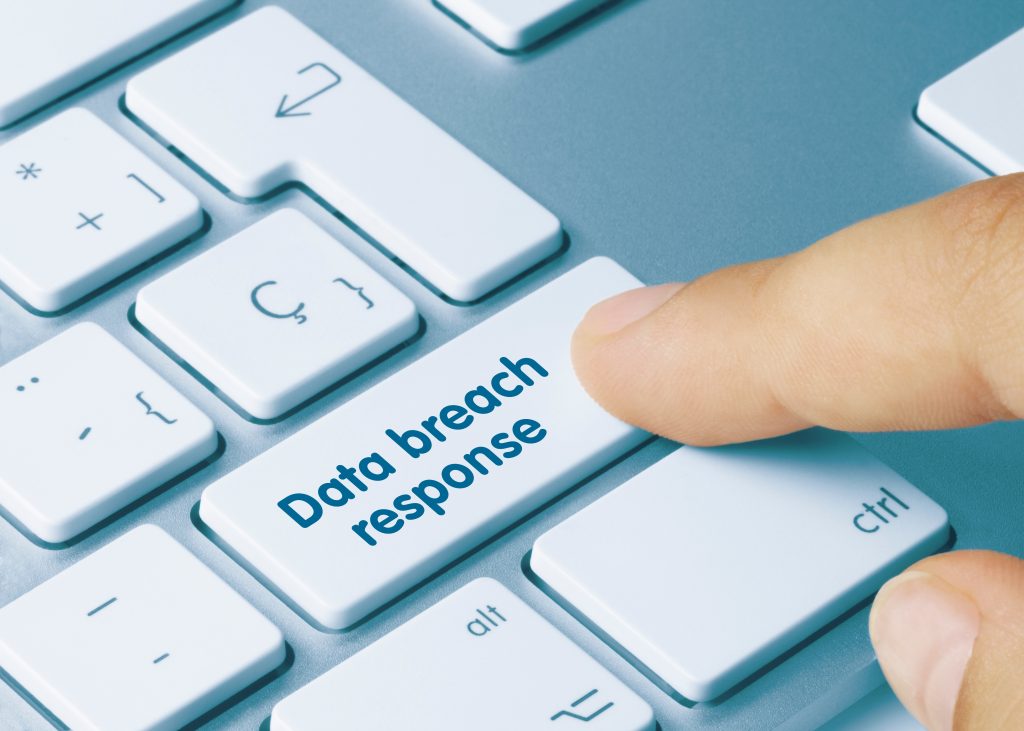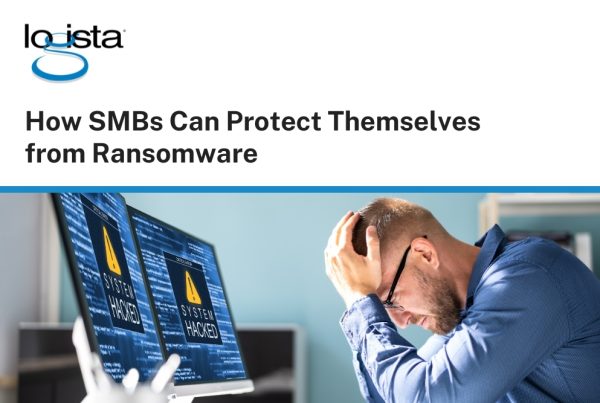Businesses today handle a massive amount of data, making them an ever-attractive target for hackers. So, the big question is: are you ready to respond when a data breach knocks on your digital door? In this blog, we’ll talk about the important steps to take when dealing with a data breach to protect your business’s data and reputation.

Essential Steps to Respond to a Data Breach
1. Identification and Containment: The first step in responding to a data breach is to identify it. Detection can come from various sources, including intrusion detection systems, anomaly monitoring, or reports from users. Once a breach is suspected, the immediate focus should be on containing it. This might involve isolating affected systems, revoking compromised credentials, or blocking unauthorized access.
2. Assemble an Incident Response Team: Data breaches are complex and often require a coordinated effort to manage. Assemble a team with representatives from IT, legal, communication, and management. This team will be responsible for orchestrating the response, communicating with stakeholders, and ensuring compliance with relevant regulations.
3. Assessment of the Breach: After containment, conduct a thorough assessment to determine the scope of the breach. Understand what data was compromised, how it was accessed, and who might be affected. This information is essential for making informed decisions about next steps.
4. Legal and Regulatory Compliance: Data breaches often trigger legal and regulatory obligations, such as notifying affected parties, reporting to authorities, and potentially facing fines. Consult with legal experts to ensure compliance with these requirements.

5. Notify Affected Parties: Transparency is key. Inform affected individuals about the breach promptly and clearly. Be ready to provide information on what data was compromised, how it might affect them, and what steps they can take to protect themselves. Communication should be empathetic and reassuring.
6. Password Resets and Security Measures: In many cases, passwords and credentials are compromised during a breach. Ensure that affected users reset their passwords and implement strong security measures such as two-factor authentication to prevent further unauthorized access.
7. Forensic Analysis: Conduct a forensic analysis to understand the breach’s origins, the extent of damage, and whether any malware or vulnerabilities were exploited. This information is invaluable for strengthening security and preventing future breaches.
8. Recovery and Remediation: After understanding the breach’s scope, work on recovery and remediation efforts. This might include patching vulnerabilities, enhancing security measures, and restoring affected systems.
9. Communication and Public Relations: Managing the public perception of your organization during a data breach is crucial. Craft a clear and consistent message for your stakeholders and the public. Transparency and a commitment to improving security can help rebuild trust.
10. Post-Incident Review and Documentation: Once the breach is under control, conduct a comprehensive post-incident review. Document the entire incident, including the response process and lessons learned. This documentation will be invaluable for future incident response and prevention.
11. Continuous Monitoring and Improvement: Data breaches are a harsh reminder that security is an ongoing process. Implement continuous monitoring of your systems, regularly update security protocols, and conduct periodic security training for employees.
12. Engage with Cybersecurity Experts: Don’t hesitate to seek assistance from cybersecurity experts. They can provide valuable insights and guidance on how to enhance your organization’s security posture.
Responding to a data breach is a complex and multi-faceted process. The key to mitigating the impact of a breach is preparation and a well-orchestrated response plan. By following these essential steps, organizations can minimize the damage, protect sensitive information, and maintain the trust of their stakeholders in the face of a data breach. In today’s digital world, it’s not a matter of if a breach will occur, but when, and being prepared is the best defense.
About Logista Solutions
Logista Solutions is a nationally recognized leader in a broad range of technology management solutions. As one of the largest technology support providers in the U.S., Logista provides innovative and holistic solutions to help companies take control of their IT infrastructure and achieve better business outcomes. Popular services include Managed IT as a Service, VoIP and Unified Communications, Managed Print, Cloud Services and Asset Disposition.




